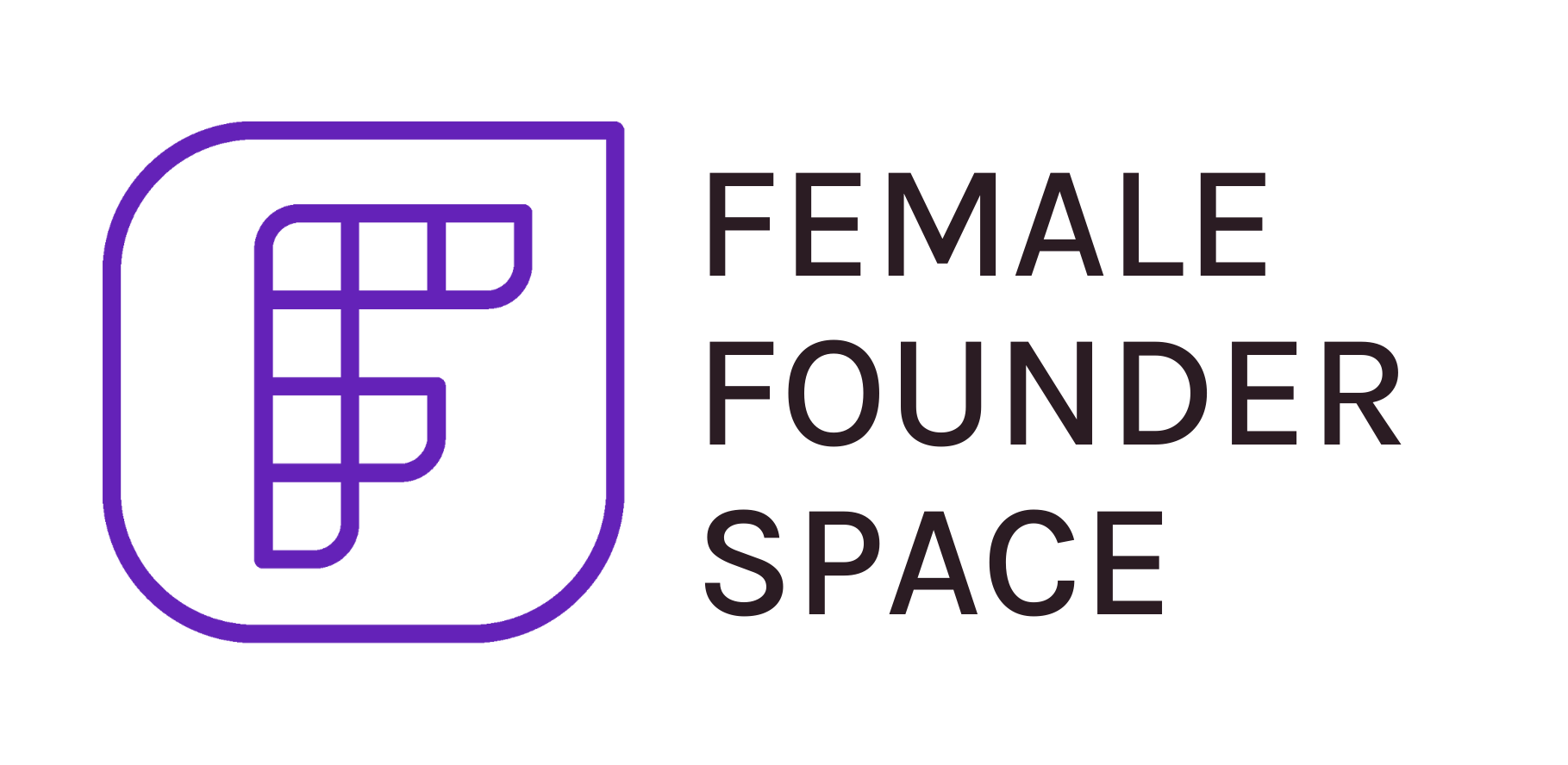Embrace the Agile Methodology

Transcript
Agile development was coined as a 12 principle manifesto defined in early 2001 over a weekend in Snowbird, Utah, where 17 people met to discuss the future of software development. They were all facing the problem that companies were focusing on planning and documenting their software development cycles, but they forgot about what’s more important: focusing on customers’ needs. Although some of these agile alliance members were competitors, their common problem led them to agree on a set of values, define the development work culture we have today. The agile methodology is grounded on principles like customer satisfaction, welcoming change. Its process are based on early releases, continuous development and useful products. It’s essential to have driven individuals in a team that are given the trust and support to get their job done. It’s an iterative approach that incorporates customer feedback with every iteration and helps provide value faster. An agile team delivers work in small and consumable increments. Requirements, plans and results are evaluated constantly and continuously, so that the team has a natural mechanism for quickly responding to change. It also implies breaking down complex tasks and products into smaller chunks of work that can be built around a two week cycle and released quickly.
An MVP is the smallest version possible of a product that provides value to the users. It’s a version of a design that has just enough features to fulfill the product’s core purpose and prove its worth. There are several types of minimum viable product. You could have single feature MVP, concierge MVPs that suggest a service, or landing pages and customer-funded MVPs like Kickstarter. When Instagram launched for example, it didn’t include more than an ability to publish a photo with a handful of filter options. Only much later when this product proved successful and had a much greater number of users following each other, features like the ability to add stories, send messages and saving collections were added to the successful product. If you’re trying to revolutionize the future of transportation, for example, your users might be waiting forever for you to get done with the perfect product solution. Instead, you could help them commute and reach their destination faster by starting to sell a skateboard. That’s an MVP.
The build-measure-learn loop starts with the MVP or the simplest possible customer-ready product. After launching the product to get early customer input, we can use those learnings to create and test new iterations of that product, optimizing and going through the loop as many times as needed. Essentially, we plan, build a product, release and measure it, gather data and learn from it to continue building and build interactions in the product and future loops.
Agile development and MVPs are the best possible combination. You do need to iterate quickly. You do need to work with a team of cross-functional developers and product owners in order to build something quick and adapt to change. One of the examples could be when developing a holiday pirates app, when we were merging all our existing apps into one single native app, that led to quite a lot of adjustment, particularly across the development of that project. It was an MVP because it was the first time we were developing a native app. Although the app already existed, it required a lot of agile development because we needed to iterate and adapt to changes like iOS 11 that was launched during that process.
